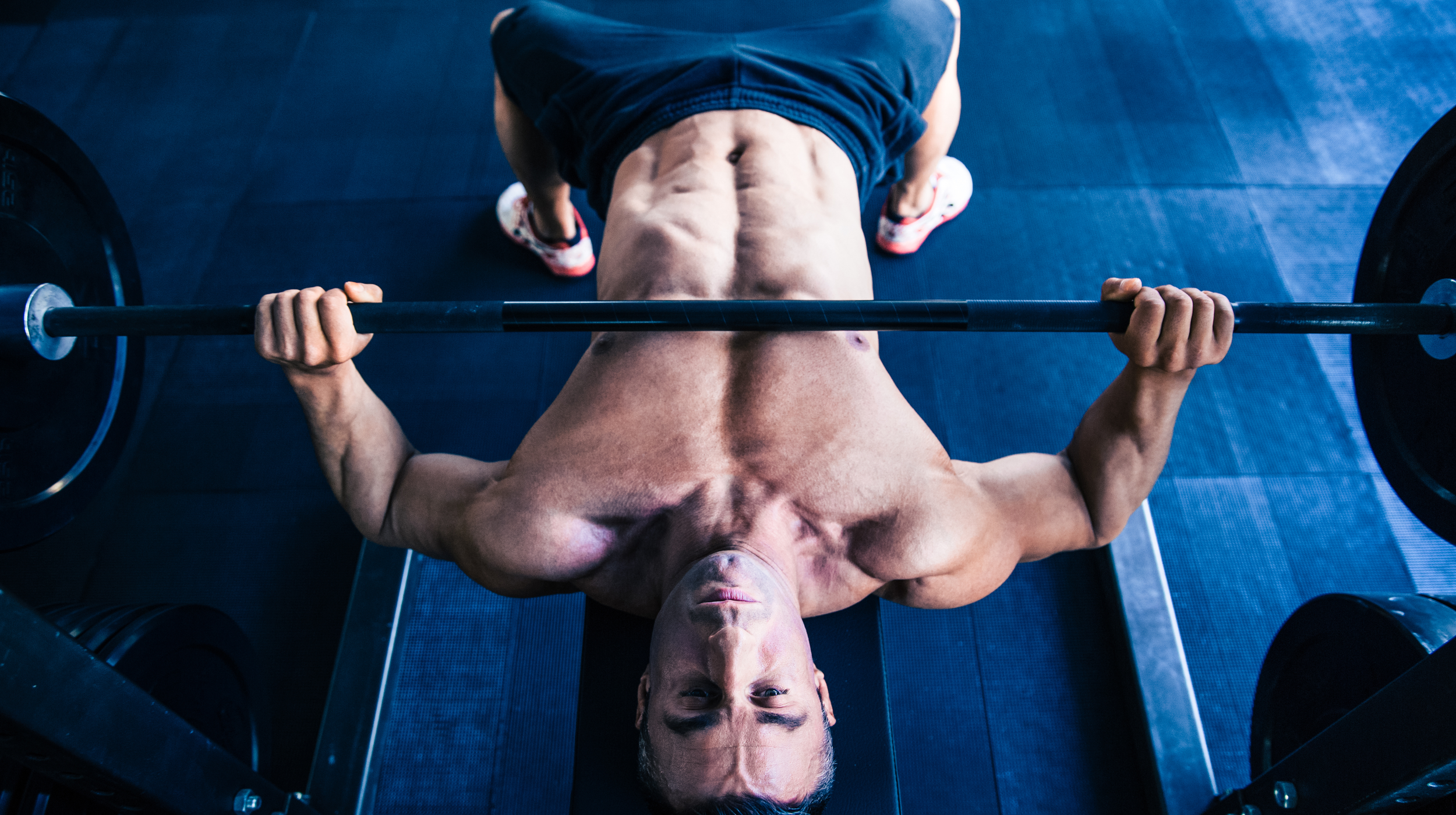Chest Building Tips for Skinny Guys
Jun 19, 2020 mindpumpIt is one of the most coveted muscles for guys all over the bro-world to want to grow. The classic bench press will hit the chest, shoulders and triceps. There are so many exercise choices to choose from, and for someone new to lifting, it can all seem foreign as to the rhyme or reason as to the how and why of doing all of them. I’d like to help clarify on some of the information so that hopefully, you have some good takeaways on how to better program your workouts, and better understand the purpose of chest exercises.
Here are my guidelines for building your chest. I will be creating a whole series of articles of these for each muscle group so be on the lookout for the other articles.
Frequency: Should be trying to stimulate the chest 2-3 times a week, with the 10-12 total weekly sets, to keep maximizing the muscle building signal that a weightlifting exercise creates on that particular muscle (signal drops after 24-48 hours so you need to recreate that signal every time which explains the increase in frequency vs traditional body part split). Every 4-6 weeks, you could change up the exercise if you find you are no longer making progress, not feeling it work the muscle, or need to mix it up.
Intensity (Sets/Reps):
10-12 total sets for the week split up evenly among your 2-3 workouts that include chest.
Every 3-4 weeks you should be changing the rep scheme or going up in weight, to create a newer stimulus that’ll help further progression as you get more comfortable with a lift, and weights start increasing less and less per week.
Weeks 1-4 – 6-8 reps (more of an intensity phase focused on strength)
Note: You can go higher rep for the more isolated movements as they probably don’t need to be in such a low rep range and could cause a bigger injury risk.
Weeks 5-8 – 10-12 reps
Weeks 9-12 – 12-15 reps (more of an accumulative phase focused on volume)
For more advanced lifters (3-4+ years proper lifting): If you find the chest is a lagging body part, you can also increase the total weekly sets by 1-2 sets each week, AS LONG AS you are properly recovering. This will help ensure continued progression during a high volume phase, as your body adapts to its minimum effective dose for a particular muscle group and works towards that maximum recoverable volume. Again, should only be done to 1-2 muscles groups in a cycle NOT all.
PROPER FORM!
For how popular it is utilized, the one issue I have with a lot of compound chest exercises is that it is done with horrible form too often. Elbows should be flared to 45 degrees, not 90. Shoulder blades should be pinched back like you are trying to touch them together, not laid out flat. The chest should always be leading in front of the shoulders, so that the shoulders don’t dominate too much during the lift. Not following these cues causes a lot of shoulder impingement pain for lifters. Make sure your hip does not come off the bench either.
Stimulation
To quickly emphasize this point, just because you are performing an exercise, doesn’t mean you are automatically creating the proper stimulus to create growth. If you were doing heavy chest presses for instance, you can still overcompensate with your front delts and take your butt off the bench. Your body only knows you are working with a heavy weight and will do whatever it takes to move that weight even if that means using other muscles, which take away some of the direct attention. Focus on being able to hit a peak contraction on each exercise. Most people will have to drop down to 10-15lbs to really feel the muscle. Play around with SLIGHT changes to the angle to see if you feel a better contraction more in different areas.
Exercise Selection
For simplicity sake, I’ll break it down into compound and isolated exercises. Typically (although not always), you would start with more compound exercises in a workout because they recruit the most muscles, and tax the nervous system the most. You want to be as fresh as possible for these as to avoid risk of injury. These also make more sense to cycle through into the lower rep ranges (1-8), so that you can recruit as many muscle fibers as possible due to how many other muscles are also helping with the movement.
Compound Chest Exercises: Flat barbell bench press, Incline barbell bench press, Flat Dumbbell bench press, incline dumbbell bench press, decline barbell bench press
For isolation exercises, they usually target specific muscle groups (in this case just the chest), rather than a whole bunch of secondary muscles. They’re recommended to do after the compound ones, as the risk of injury is lower. The reason being, these are usually done on machines, don’t tax as many muscles, don’t require as much stability, and don’t usually ramp up in nearly as much weight as a compound one would.
Isolation Chest Exercises: cable chest flyes, pec-dec machine, incline and decline cable flyes, machine presses, etc.
It’s best to choose ⅔’s of your chest exercises from the compound list, and then the remainder from the isolation. Think of the isolation exercises as a bonus way to add volume to make sure you’re maximally stimulating the chest.







